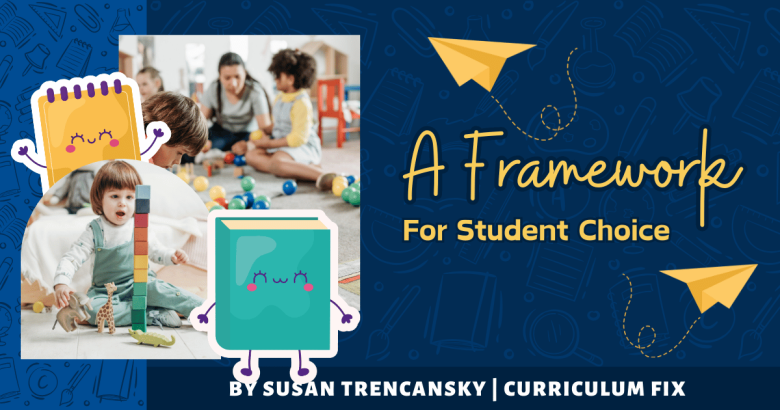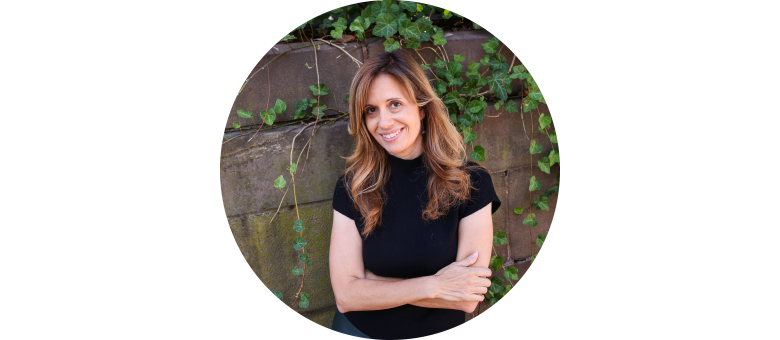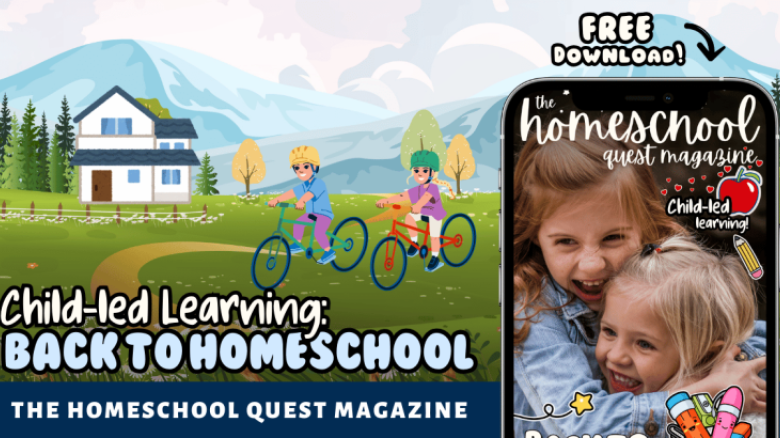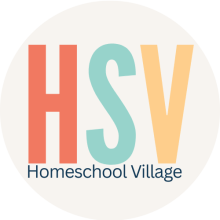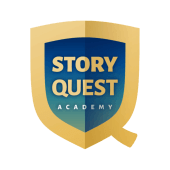By Susan Trencansky of Curriculum Fix
I have witnessed adults roll their eyes when kids ask,“Why do I need to learn this?”
But that’s a fair question.
In most educational settings students do not get to choose their own content or identify the specific skills they want to build, which understandably results in a feeling of disconnection for students.
Homeschooling gives parents and children the chance to approach curriculum development differently.
So is it even possible to create individualized learning experiences that include your homeschooler in the decision-making process from the planning stage to assessment?
And if it is possible, won’t planning and executing that type of learning experience take too much time away from other instructional goals?
Those are fair questions too, and I have the answer.
I’ve designed an easy-to-use, repeatable structure that expands and deepens knowledge, develops a specific skill set, and improves executive functioning and interpersonal skills using student interests as the keystone of their learning.
Whether your homeschooler wants to learn more about the history of air travel, how lidar works, or how to dominate in the game of pickleball, you too can utilize this formula as a reusable framework on which to build a unit of study.
Interest-Driven Curriculum Template
Stage 1: Pre-Project Thinking
This stage engages your homeschooler in deciding what content to explore.
Get Curious:
Investigate the interests of your homeschooler.
Use questions like these to help your homeschooler identify areas for study:
- On what activities, hobbies, skills, and topics do you currently spend your time?
- Which of those do you enjoy the most? Why?
- What activities, hobbies, skills, or topics have you been interested in learning more about but haven’t yet started exploring? Why do you find them interesting?
Imagine & Propose:
Challenge your homeschooler to make a choice and formulate an initial concept.
Your homeschooler should identify one area of study and imagine a number of potential projects by moving through a series of questions that might look like:
- What do you want to study and/or what skill(s) do you want to build?
- Are there specific questions you want to be able to answer or skills you want to master?
- How will you record and demonstrate your learning along the way?
- What could the end product of your learning look like?
- What positive outcomes could come from pursuing this course of study? What is your overall end goal?
- What potential challenges might you face as you tackle this work? How could you solve them?
- What do you already know about yourself that might help you be successful in this endeavor?
Create Your Strategic Plan:
Map out a work process, organize materials, and create a work schedule.
Ask your homeschooler to:
- Create a list of steps in the learning process. You might consider:
- What books, articles, maps, primary documents, films, podcasts, or internet tutorials can be explored?
- Are there experts to interview?
- Will time be set aside to practice a skill?
- What history will be important to know?
- Is there a scientific or technical aspect that needs to be researched?
- Will I need to incorporate mathematics to gain a full understanding of this topic or to master this skill?
- Arrange your list in order by prioritizing the steps (as accurately as possible).
- Plan out the work on a calendar by estimating how long each step might take and predicting where and when challenges might be encountered. Treat each proposed deadline as a goal.
- Purchase, borrow, and organize required supplies or tools.
Stage Two: Do the Work
This stage is the process of moving through the plan. During each learning session, you can ask your homeschooler to:
Review the plan for that day and predict how the work session might go:
- Is their estimate of time realistic or not? How do they know?
- Can they predict any challenges that might be encountered today? If so, how might they overcome those?
- Keep track of the work as they go by timing how long each task or activity took to complete and then crossing items off upon completion.
Reflect on the work for the day with questions like:
- What went well during your work process today?
- What might you do more effectively next time you tackle a similar task?
- What did you learn today about the content or skill?
- What did you accomplish today that you were most proud of?
- What did you learn today about your learning style or preferences?
- Add any incomplete tasks from the day to the work for the next day on their calendar or work plan.
Stage Three: Share and Reflect
For this final stage, students should share their learning in an authentic way, which might look like making a research poster or Powerpoint, presenting within their community, creating internet content, or writing an article. Once students have shared, they are ready to reflect.
You could ask your homeschooler to reflect with questions such as:
- How did your imagined plan compare to your lived experience during the process of learning?
- What strategies and other elements of your planning helped you be successful during the course of this study?
- Next time you have the opportunity to design a unit for yourself, what will you do similarly? How might you choose to do things differently?
- What did you learn about yourself as a result of doing this work?
- What did you accomplish that you are most proud of?
- What did you learn about other people and/or the world around you by doing this work?
I hope that you employ this tool time and time again to engage your homeschooler as an increasingly active participant in their own education.
Partnering with our students to determine, plan, monitor, and assess their course of study fuels their curiosity and equips young people to become creative and critical thinkers.
Students will understand why they learned what they did, and more importantly, they will develop tools for lifelong learning that empower them to create positive change not only in their own lives, but also in the world around them.
Read More!
- Log in to post comments
